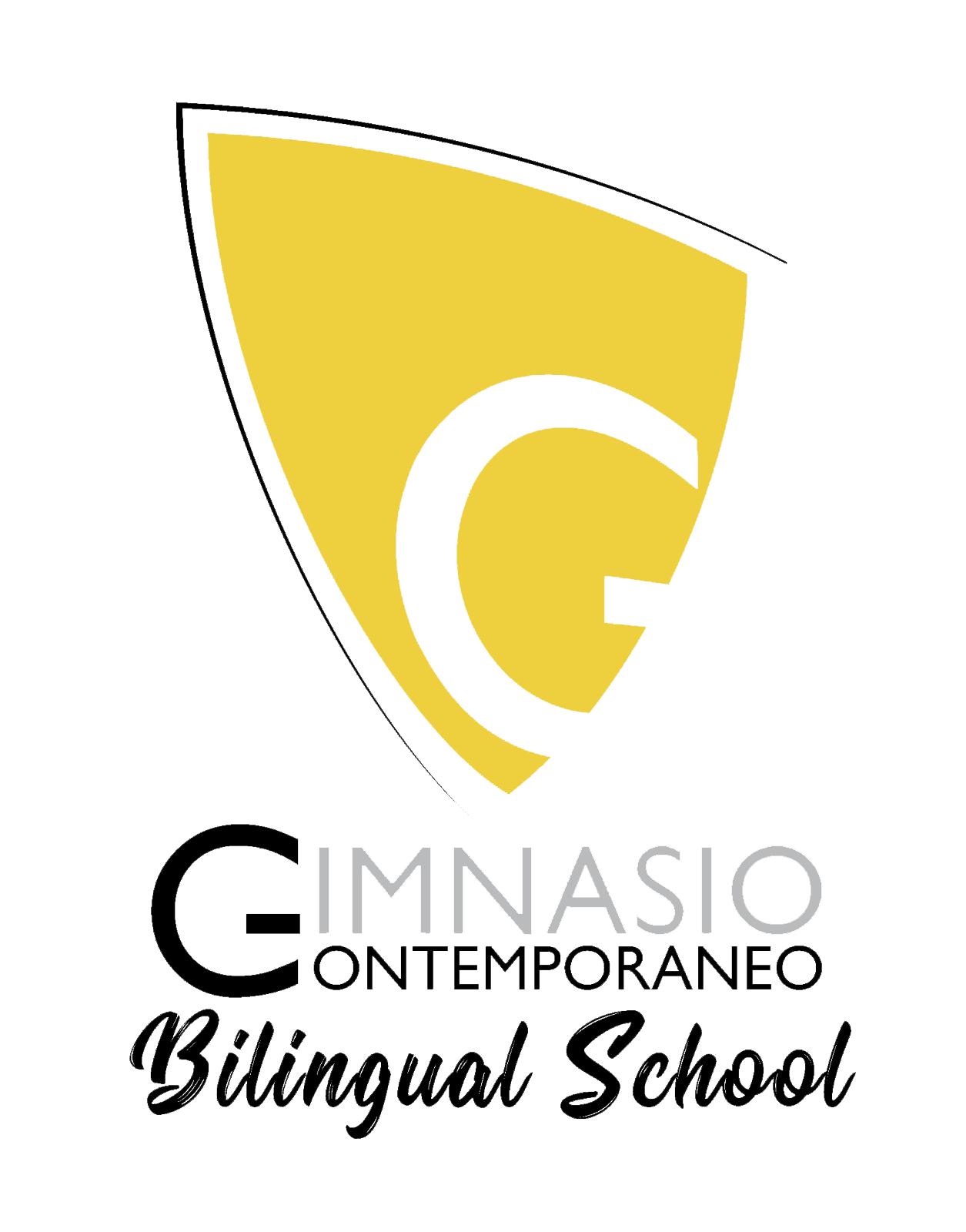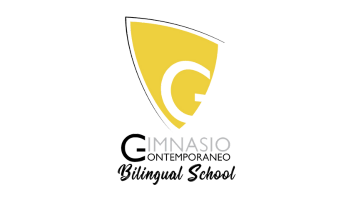Whatever technique you use, each offers similar benefits to help you express your emotions in a positive and healthy manner. Recovering from addiction may require a multidimensional approach that combines traditional treatments with more holistic or complementary therapies. There are many reasons that art is a great stress relief tool, even for those who don’t consider themselves artistically inclined. Other than making random doodles in the margins of a page, if you’re like most adults, you probably don’t express yourself with art as you did when you were a kid.
Technology tools for sobriety support
These processes build resilience, empowering individuals with healthier coping mechanisms to manage stress, cravings, and triggers more effectively. While research suggests that art therapy may be beneficial, some of the findings on its effectiveness are mixed. Studies are often small and inconclusive, so further research is needed to explore how and when art therapy may be most beneficial (Cherry, 2024). However, studies have shown that art therapy can help many mental health conditions that relate to mood, such as anxiety and depression, trauma, low self-esteem, and similar disorders. It is also effective for people with a serious health condition, such as cancer, and for people working to develop effective coping skills, including prison inmates.
Integration with Other Therapies
As they navigate through their creative expressions, individuals develop a greater sense of self-awareness and learn to appreciate their capabilities. This self-discovery not only promotes confidence but also reinforces their identity as individuals separate from their addiction. Research indicates that art therapy can significantly improve overall well-being, suggesting its effectiveness in reducing addiction symptoms and enhancing emotional resilience. As a result, it serves as a valuable addition to conventional treatment approaches, promoting a holistic recovery process that nurtures both psychological and emotional health.
Expressing emotions through painting
The creative process involved in art-making cultivates self-awareness and resilience, providing clients with coping strategies that can significantly improve their quality of life. Moreover, research shows that periods of artistic engagement can lead to neurochemical changes in the brain, enhancing emotional regulation and overall mental health. In the journey of addiction recovery, various artistic techniques and therapeutic approaches are capitalized to support healing and emotional expression. Visual arts forms such as drawing, painting, and sculpture serve as powerful channels for externalizing inner feelings and exploring personal narratives. These methods allow individuals to translate complex emotions into visual representations, making unconscious thoughts more accessible. Engaging in creative activities like painting, drawing, sculpting, music, and writing plays a vital role in addiction recovery.
- Art therapy plays a significant role in enhancing traditional addiction treatment methods.
- For instance, schizophrenia patients participating in group art therapy show increases in emotional awareness and reductions in some schizophrenia symptoms.
- This success is particularly uplifting for those struggling with substance use disorders, where self-worth often takes a significant hit.
- Whatever technique you use, each offers similar benefits to help you express your emotions in a positive and healthy manner.
- Participants often report feelings of pride and accomplishment, which can significantly bolster their self-worth and support sustained recovery.
Music Therapy for Addiction Treatment
In summary, art therapy serves as a vital complementary approach, supporting emotional healing, providing insight into personal struggles, and fostering a path toward recovery that addresses mind, body, and spirit. The benefits of art therapy include restoring someone’s identity by strengthening one’s self-esteem. Because patients are working through painful emotions in a constructive manner, they can feel proud of being creative through challenging times. Furthermore, as someone works to bring emotions to the surface, they feel safe being expressive and feeling understood. Art therapy also enhances emotional and psychological well-being by providing a safe space for individuals to explore their thoughts and feelings without judgment.
How to Manage Guilt and Regret in Recovery
Despite its benefits, challenges such as accessibility, individual differences in response, and the need for more research into its mechanisms continue to be areas of focus. Art therapy remains a valuable tool for enhancing mental health and well-being, offering a creative pathway to healing and self-discovery. Art therapy works by leveraging the creative process as a therapeutic tool to facilitate self-expression, emotional processing, and personal insight. Creating art allows individuals to externalize their inner experiences, making abstract feelings and thoughts more tangible and manageable.
Link between creative expression and self-esteem improvement
Notably, the research highlights that these therapies boost self-esteem and foster a sense of achievement. In art therapy targeting shame and guilt, therapists employ various expressive techniques such as drawing, painting, sculpting, and symbolic creation. These activities allow clients to express art therapy for addiction: benefits, techniques, how to find a therapist complex and often hidden emotions in a nonverbal way, which is particularly helpful when words alone are insufficient to articulate feelings of shame or guilt. Psychologically, art therapy provides a platform to explore trauma, grief, anxiety, and depression. It allows expression of suppressed emotions and subconscious thoughts, which might be inaccessible through conventional talk therapy.
- Many patients with schizophrenia remain symptomatic despite pharmacotherapy, and even attempts to suicide with a rate of 10 to 50% (De Sousa et al., 2020).
- Using creative techniques like clay modeling, mask making, or metaphor development enables them to externalize their internal struggles.
- Through creative expression, clients can direct their attention away from cravings and negative thoughts, channeling their energy into artistic endeavors.
It has been shown to improve communication skills, boost self-esteem, and foster social connections among participants. These benefits are particularly crucial for those recovering from substance use disorders, as they provide avenues for combating feelings of shame and isolation. Integrating art into treatment not only supports emotional healing but also promotes a community feeling, enhancing the overall effectiveness of mental health interventions. They offer nonverbal channels for expressing emotions, helping individuals process complex feelings and past traumas that are often difficult to put into words. By integrating creative arts into treatment, individuals develop healthier coping strategies, repair damaged neural pathways, and build a foundation for sustained sobriety.
Engaging in creative activities can unlock hidden feelings, making it easier for individuals to articulate what they may find challenging to verbalize directly. Furthermore, creative arts therapies, including art therapy, offer personalized and non-pharmacological methods of addressing psychological and social issues. These methods are particularly effective for populations such as military personnel, veterans, and adolescents, who may often resist conventional treatment approaches. Case studies consistently reveal that art therapy facilitates emotional processing by making hidden feelings visible, helping clients normalize their experiences and develop healthier self-perceptions.
Complementary nature of art and talk therapies
Art therapy has emerged as a vital complementary approach in recovery processes, offering unique pathways for emotional healing, self-awareness, and resilience building. By engaging in creative activities, individuals facing mental health challenges, trauma, or substance dependence can access a non-verbal means of expression that promotes psychological and physiological well-being. This article delves into how art therapy facilitates healing, supported by scientific research, effective methods, and its application across diverse recovery contexts. Art therapy honors the transformational capacity of creative expression and healing through artful connection.
Research indicates that art therapy can improve self-esteem, enhance cognitive functions, and promote healthy coping mechanisms. Participants often report feelings of pride and accomplishment, which can significantly bolster their self-worth and support sustained recovery. Overall, the methods used in art therapy are tailored to individual needs, encouraging self-exploration, emotional release, and greater self-awareness. These approaches serve as valuable complements to conventional treatment, helping individuals uncover hidden emotions, process trauma, and develop resilience essential for lasting recovery.

